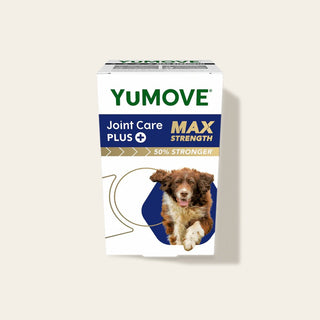

Understanding Mud Fever in horses
Horses and muddy paddocks tend to go hand in hand. But did you know that spending too much time in this environment can cause what’s known as Mud Fever? If you’ve never heard of it before, we’ll explain all in this post. Here’s the what, the why and the how…
What is Mud Fever?
Mud Fever – also known as Pastern Dermatitis (or sometimes, ‘cracked heels’) – is most common in persistent wet weather. When a horse is spending a lot of time in wet and muddy conditions, the skin can start to soften. This is where abrasions form, making it easier for bacteria from the mud to enter the skin.
Mud Fever materialises in the form of red sores and scabs on the legs. It’s more likely to affect the hind legs, and can be itchy, painful and, in severe cases, cause lameness.
Some horses are actually more prone to Mud Fever than others. These include horses with white legs, horses with weaker immune systems, and horses with thinner skin (e.g. Arabs and Thoroughbreds).

What are the signs of Mud Fever?
Look out for the below in the legs…
- Lumps, sores and scabs
- Hair loss
- Weeping serum or discharge
- Swelling and heat
Tips for preventing Mud Fever
Managing your paddock
Where possible, avoid having your horse stand in wet mud for long periods of the day. It’s important to rotate fields and put straw down in places like gateways, where thick mud may be especially rife. If you can, fence off any areas that are really wet and muddy, and make sure there’s somewhere dry for your horse to go to at some point during the day.

Invest in a barrier cream
There’s a huge selection of lotions and potions out there, designed to protect against Mud Fever. Once applied to the legs, they provide a barrier against mud and moisture. Lots of horse owners swear by nappy creams like Sudocrem, too!
Proper grooming
It might be tempting to hose a horse down when he or she comes in from the paddock. If you do, just make sure you dry the legs with a soft dry towel afterwards. Alternatively, (and a better idea according to the experts) wait for the mud to dry out, and then use a bristle brush to softly remove it.

Mud Fever treatment
Treatment for Mud Fever will vary, depending on the horse and the severity of the condition. Your vet will be best-placed to advise on the right course of action, so you can nurse your horse back to its happy, healthy self in no time!
Speaking of health and happiness, if you haven’t discovered the joint-soothing benefits of YuMOVE yet, what are you waiting for? Take a look at our product range and find out how it can keep your horse living an active life with horse supplements.




